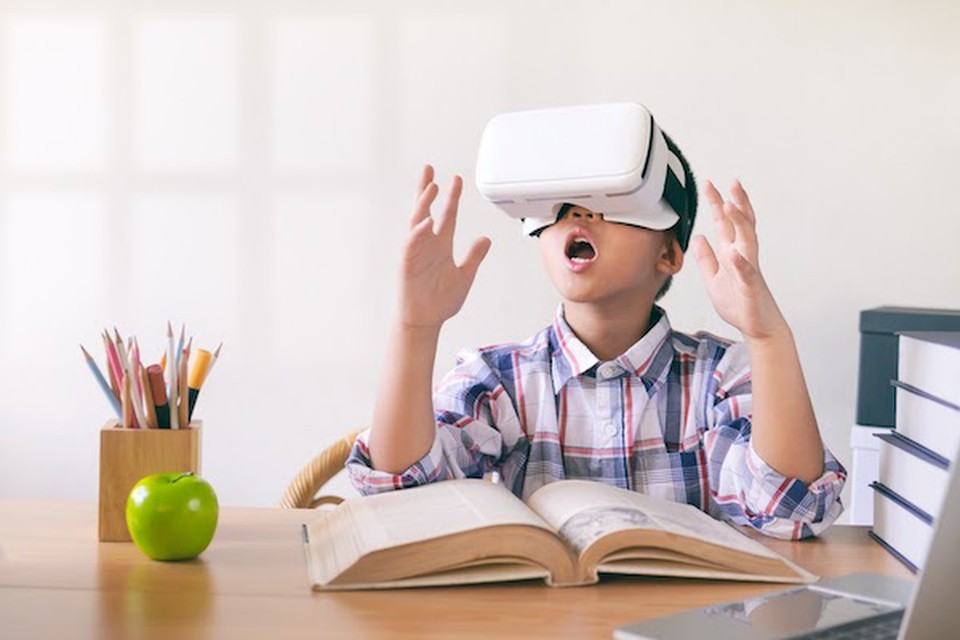Introduction
Augmented Reality (AR) and Virtual reality (VR):
AR is used on a smart device to project a layer of educational text and lesson-appropriate content on top of a user’s actual surroundings, providing students with interactive and meaningful learning experiences. VR creates an entire digital environment, a 360-degree, immersive user experience that feels real. In a VR setting, students can interact with what they see as if they were really there.
Benefits of using AR and VR in the learning environment :
In addition to providing students with immersive learning experiences, other benefits of virtual reality in education include the ability to inspire students’ creativity and spark their imaginations. And this can motivate them to explore new academic interests. AR and VR in education also helps students struggling to understand difficult academic concepts. The benefits of virtual reality in education go beyond academics as well to include cultural competence, the ability to understand another person’s culture and values—an important skill in today’s interconnected, global society. For example, a virtual reality field trip to other parts of the world, exposes students to cultures other than their own. The example discussed in online class about virtual field trip to Egypt pyramids provide learners’ an opportunity to explore new culture.
Challenges encounter while using AR and VR :
The benefits of virtual reality in education are embraced by many educators, but some are still reluctant to use it in their classrooms. Reasons range from high costs to pushback from school administrators. Others see the value of both VR and AR as entertainment, but not as effective teaching tools in the classroom. Additional educator concerns, about the bulkiness of the equipment, glitches, and the quality and availability of content.
References :
Cochrane, T., & Farley, H. (2017). Special issues on mobile AR & VR: Integrating SOTEL in learning design. Australasian Journal of Educational Technology, 33(6).
Martin-Gutierrez, J., Mora, C. E., Anorbe-Diaz, B. & Gonzalez-Marrero, A. (2017). Virtual technologies trends in education. EURASIA Journal of Mathematics, Science and Technology Education, 13(2), 469-486.


Hello, Sapana
Emerging technologies in the form of virtual reality (VR), augmented reality (AR), digital assistance, remote learning, etc. have added different dimensions to the field of Education. Truly said by you, these technologies of AR and VR are bringing the real world into the classrooms. Bringing better opportunities to know the real world more closely without any travel and legal restrictions. Digital assistance is bringing more inclusivity. But still, don’t you think these technologies are trapping children in that small close box or virtual box. Wondering about this thought as I read author Shelly Turkle and her daughter’s story on Week 7 post (TRU Moodle). These emerging technologies are still on emerging points due to cost factors, accessibility and availability factors, government, and educational regulations, etc. Hopefully, in the coming days, these technologies will be accessible to the wider and bigger population.
Best Regards